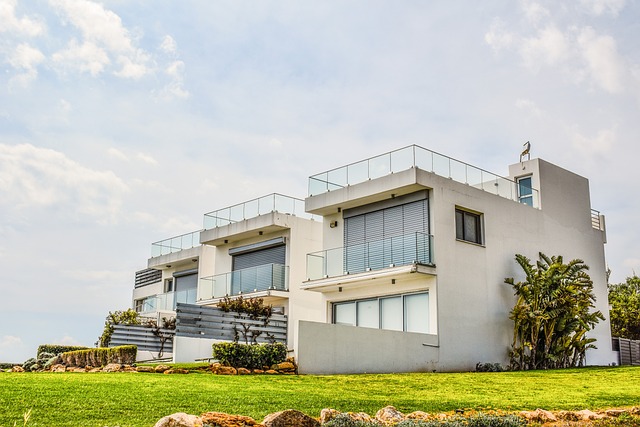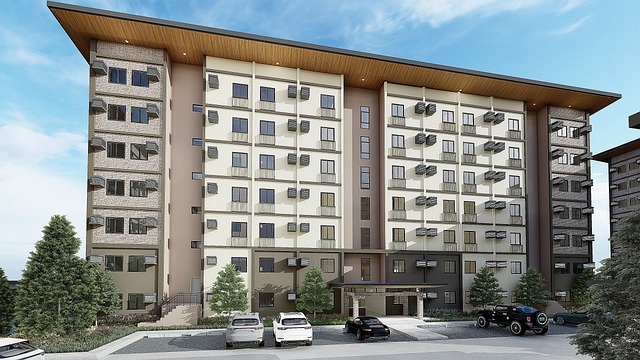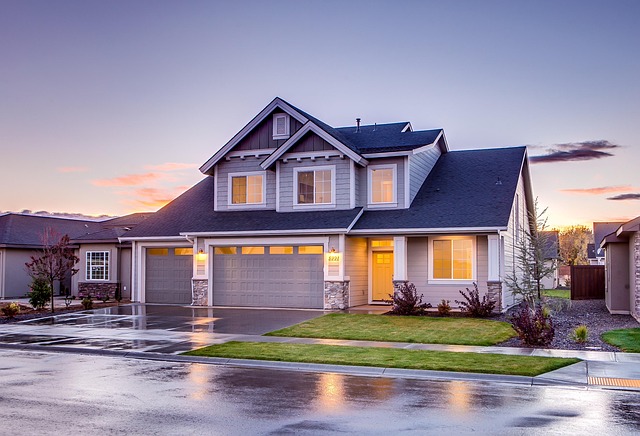After five years of ownership, executive condo maintenance becomes a key budgeting consideration. Fees cover routine upkeep and major repairs, with regular review of financial reports crucial for understanding and predicting costs. Post-five years, condos shift from structural to cosmetic upgrades, impacting fees. Rising operational costs, aging infrastructure, and community needs drive fee increases. Effective management includes strategic reserve funds, historical data analysis, community involvement, and proactive communication to ensure the condo's long-term appeal and functionality.
“Unraveling the mysteries of executive condo maintenance fees is essential for prospective buyers and current owners alike. This comprehensive guide, ‘Executive Condo Maintenance Fees: A Comprehensive Overview,’ delves into the intricate aspects of these financial obligations. From understanding common components to analyzing trends over time, we explore how maintenance costs evolve post-purchase, specifically focusing on the 5-year mark. Additionally, we provide practical strategies for budgeting and offer insights into tenants’ rights and responsibilities in this context.”
- Understanding Executive Condo Maintenance Fees: A Comprehensive Overview
- Common Components of Maintenance Charges in Executive Condos
- How Do Maintenance Fees Change Over Time?
- Analyzing the Impact of 5 Years on Executive Condo Financial Obligations
- Strategies for Budgeting and Managing Maintenance Costs Effectively
- Rights and Responsibilities: Tenants' Role in Maintenance Decisions
Understanding Executive Condo Maintenance Fees: A Comprehensive Overview

Executive condo maintenance fees are an essential aspect of ownership that often comes up after five years of living in such a property. These fees, typically paid monthly or annually, cover a wide range of services and facilities designed to keep your executive condo in top condition. They include routine upkeep like landscaping, building exterior repairs, and common area cleaning, as well as major maintenance tasks such as roof replacement, plumbing, and electrical work. Understanding these fees is crucial for budgeting and planning long-term expenses.
After five years, it’s common to see changes in maintenance fee structures due to various factors, such as age of the building, increase in service costs, or new amenities added. Homeowners should review their condo association’s financial reports and budgets to grasp how these fees are allocated and predict potential future increases. This proactive approach ensures transparency, allows for realistic budgeting, and helps residents understand their role in maintaining the value and livability of their executive condos over time.
Common Components of Maintenance Charges in Executive Condos

In an executive condo, maintenance fees typically cover a wide range of services and components essential for the building’s upkeep. These charges often include structural repairs, common area cleaning and landscaping, as well as exterior maintenance such as roof repairs, painting, and window washing. Additionally, they may fund interior amenities like gym equipment, swimming pools, and community halls, which enhance the resident’s lifestyle and contribute to a vibrant condo environment.
After five years of ownership, executive condos often see an evolution in maintenance needs. While structural integrity remains paramount, the focus might shift to cosmetic upgrades and preventive care. Common areas may require fresh coats of paint or new flooring, while individual units could necessitate repairs to appliances, fixtures, or plumbing—all of which are typically covered under the maintenance fees. This ongoing investment ensures that the condo remains a desirable residence, both in terms of functionality and aesthetic appeal, for its occupants.
How Do Maintenance Fees Change Over Time?

When it comes to executive condos, maintenance fees are a significant consideration for owners. These fees can change over time due to various factors such as market fluctuations, rising operational costs, and changes in management strategies. Initially, maintenance fees might be relatively lower, attracting buyers who seek affordable luxury living. However, after 5 years, these fees tend to increase, reflecting the ongoing expenses of property upkeep, repairs, and potential upgrades.
Over time, factors like aging infrastructure, changing community needs, and inflation can drive up maintenance costs. Executive condos, with their high-end amenities and sophisticated facilities, may require more extensive maintenance and repairs compared to standard residential buildings. As a result, owners can expect a gradual rise in monthly fees, which is an essential aspect to consider for long-term residents.
Analyzing the Impact of 5 Years on Executive Condo Financial Obligations

When considering an Executive Condo, understanding the financial obligations over its lifespan is crucial. After five years, several factors can significantly impact your financial commitments. Firstly, maintenance fees typically increase annually, often by a small percentage, reflecting rising operational costs and potential upgrades to common areas. Over time, these fees can add up, especially in larger executive condos with extensive amenities.
Secondly, property taxes and insurance premiums may also rise during this period, varying based on market fluctuations and the specific location of the condo. Additionally, any outstanding loans or mortgages for the purchase will require consistent repayment, with interest accruing over time. Thus, an Executive Condo owner must be prepared for evolving financial responsibilities to ensure sustainable living in their desired property after five years.
Strategies for Budgeting and Managing Maintenance Costs Effectively

After owning an executive condo for five years, budgeting and managing maintenance costs effectively becomes second nature. One key strategy is to set aside a dedicated reserve fund specifically for unexpected repairs or upgrades. This proactive approach ensures that you’re prepared for any unforeseen expenses, allowing you to swiftly address issues without disrupting your financial plans. Regularly reviewing and adjusting your budget based on historical maintenance data from the condo association can also help in accurately forecasting future costs.
Additionally, staying involved with the condo community enables you to anticipate potential maintenance needs. Keeping an eye on common areas, observing structural changes, and engaging with fellow owners can provide valuable insights into upcoming projects. Proactive communication with the condo management team further ensures that any concerns or suggestions are heard, fostering a collaborative environment that benefits both residents and the property’s overall value.
Rights and Responsibilities: Tenants' Role in Maintenance Decisions

After living in an executive condo for five years, tenants often find themselves more involved in maintenance decisions. While the property management team plays a crucial role in overseeing and executing maintenance plans, residents have a say in what issues are prioritized. This involvement fosters a sense of community responsibility and ensures that the condo remains a well-maintained space for all occupants.
Tenants can participate actively by attending community meetings where maintenance topics are discussed and voted upon. They should stay informed about common areas requiring attention, such as landscaping, roof repairs, or elevator maintenance. By being proactive and voicing their concerns, residents can help shape the condo’s upkeep, ensuring that their living environment remains desirable and safe after five years and beyond.
